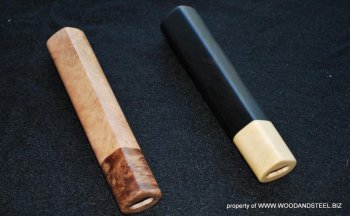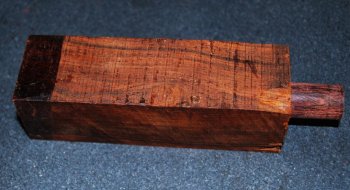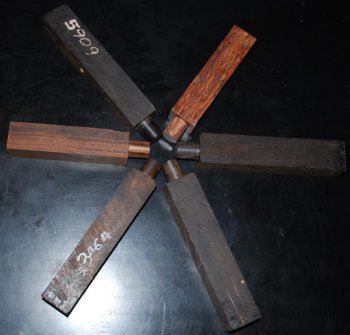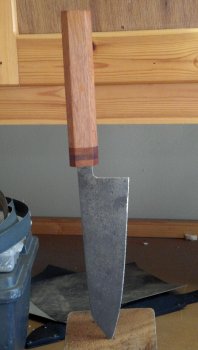Diamond G Knives
Well-Known Member
Was wondering if anyone knew if there were any "Traditional" deminsions for Wa type handles.
I understand that the handle is shaped to the knife, but as far as cross sections, is it taller from top to bottom? Does it taper from butt to collar? If so by how much?
On construction, is the collar just glued to the main portion of the handle or is it secured with internal pins of some type.
Just curious before I get started.
Thanks and God Bless
Mike
I understand that the handle is shaped to the knife, but as far as cross sections, is it taller from top to bottom? Does it taper from butt to collar? If so by how much?
On construction, is the collar just glued to the main portion of the handle or is it secured with internal pins of some type.
Just curious before I get started.
Thanks and God Bless
Mike







